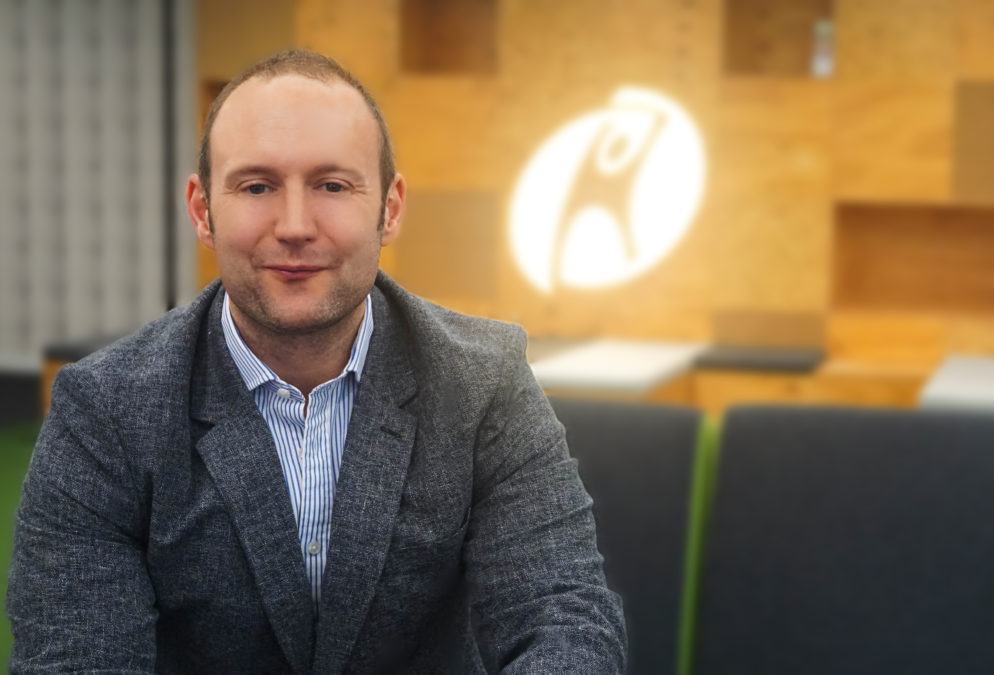There are a number of different types of CTO. Generally, the role focused around software engineering. Today, it very much centres around product and customer.
Lee James, EMEA CTO at Rackspace, is responsible for the products and services that the provider develops and takes to market. Just as importantly, however, he is also responsible for how building relationships with customers and enhancing the brand.
“I think the best way of describing my CTO role is very much a product and customer facing position,” he said. “If you look at other CTOs, some of them can be very much focused towards evangelising the company, some can be very much focused around the technical and the software engineering, but I’m very much in the middle of both of those.”
The path to CTO success: A holistic vision for their business
Being unbiased: A key trait
There are two that comes to mind when thinking of what it takes to succeed as a CTO, according to James.
The first is that “we have to be very unbiased, because there is a huge amount of choice in the marketplace,” he said
“If you get CTOs from particular vendors, there is always a skew towards their vendors, just in the same way there is a skew towards a particular product.”
The second trait needed for success surrounds understanding. “It has to be very deep,” according to James.
“As the chief technology officer, it’s expected that you have a true understanding of what the capabilities are for the different products that you have today; and more importantly you can then turn them into a solution for that customer.”
“Combining the unbiased approach with the depth and knowledge of the product is absolutely critical for any kind of success in the cloud industry today.”
Setting the vision, strategy and direction — the CTO’s role
A changing landscape
The cloud industry, similar to many others, is in a constant state of change. The rise of kubernetes over the past 18 months is the industry’s biggest buzzword at the moment. The introduction of machine learning and artificial intelligence into solutions is also on the rise.
Customers want to take advantage of these capabilities both from a business outcome perspective, but also from a technical output perspective. It’s important, therefore, to find the right partner (whether that is more than one or not). And CTOs can provide that information, providing they are unbiased!
The importance of customer stories
One of the greatest challenges for James centres on educating people — or potential customers — about Rackspace.
“People’s engagement with Rackspace has happened over many different times of our existence over the past 20 years,” he said.
“The challenge for me is continuing to make sure that we elevate our customer stories in terms of the success that we’re having, while making sure that our brand continues to gain further awareness inside the marketplace.”
A good CTO doesn’t overcomplicate: Simple is better
The cloud: A business function
“If you look at open source space today — kubernetes, containers and dockers — there’s a huge amount of products that make up the ecosystem,” continued James.
“Inside IT organisations the demand for these services, and different services from different areas of the business, is huge. No longer is it an IT led discussion on what services get offered, it’s very much now a business led conversation of what services they can utilise to drive new capability to experimentation and drive forward new product design and enhance the business: looking at replacing lengthy applications, doing transformation etcetera.”
The CTO, and organisations such as Rackspace, have got to keep up with that demand, because it’s very easy now organisations to seek services in many different ways, from many different vendors.
In terms of moving forward, therefore, the role of the CTO and especially IT organisations, will need to become a lot more product focused.
Products can’t stagnate and have to evolve on regular basis, with updates throughout the year — similar to the applications mobile phone industry — that respond to the changing climate of the cloud industry.
“I think CTOs have to prepare themselves for a world where this change is the norm and a constant,” said James.
“Any CTO within any organisation, whether it be a live enterprise, or an IT organisation compared to a wider enterprise organisation, needs to stay relevant: up to date on the latest trends that are happening, while being able to integrate those and deliver those as a product that evolves consistently will be absolutely key for the CTO in the future.”










